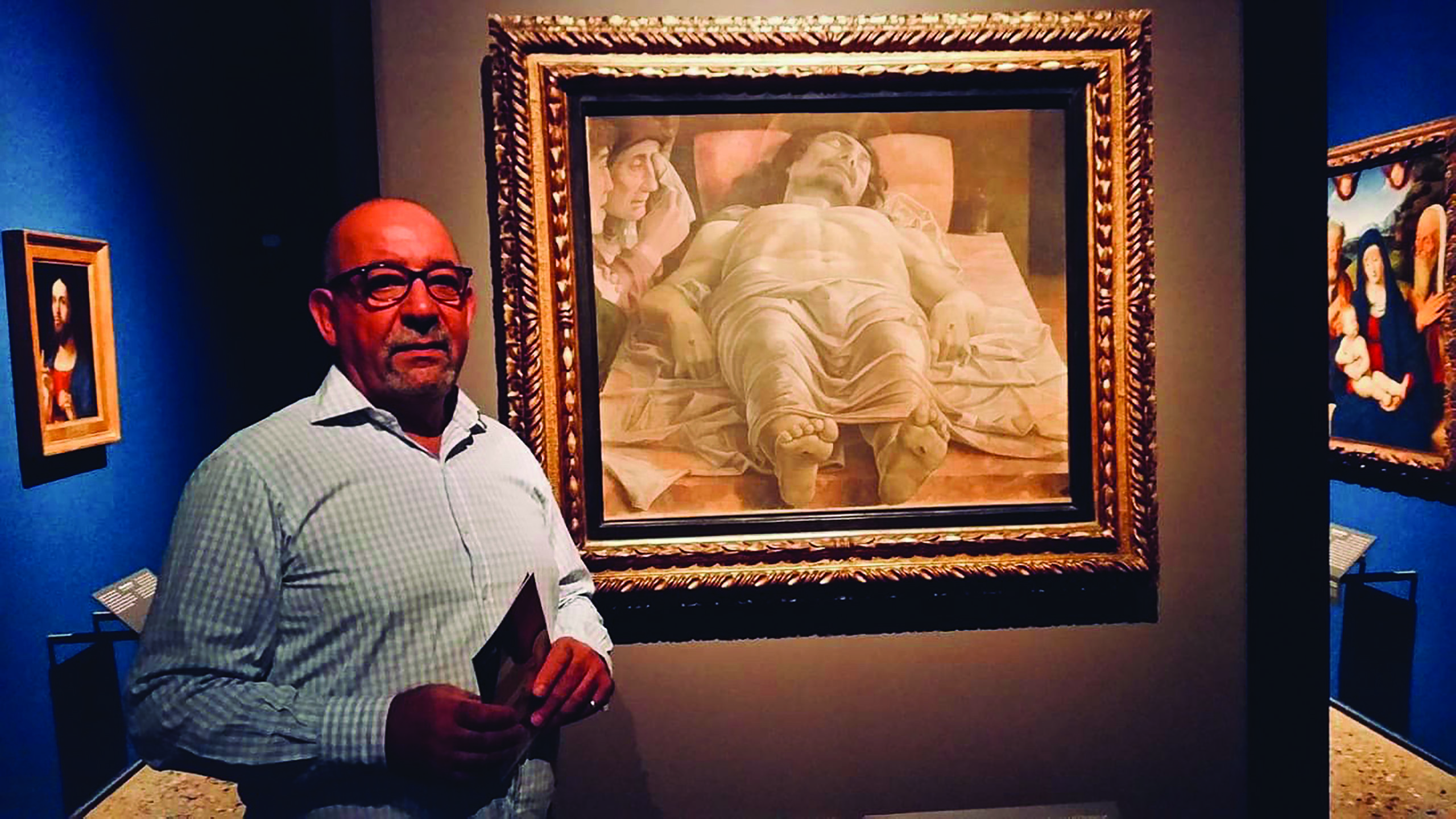Darkness at noon is an occurrence which violently alters established patterns of nature — a frightening moment. In literature and poetry, this motif has been abstracted and appears repeatedly throughout time.
Towards the end of the Odyssey, for example, when Ulysses returns home to Ithaca and finds a gang of lusty suitors vying for his wife Penelope, there is a moment of madness before the final massacre. The suitors gorge themselves one last time on the cows of Ulysses, and under the flat white light of noon, they feel a deep darkness in their souls as they intuit the return of the king and their impending doom. Again, in the Bible, darkness at noon accompanies that moment when Christ dies on the cross, symbolising the moment when the ancient world is pulled out of its torpor and into a new modernity.
A sense of the uncanny accompanies these moments, real or imagined. Freud defines it as ‘that class of the frightening which leads back to what is known of old and long familiar.’ The uncanny is both a species of fear and a tool for understanding human thought and feeling. It is a window into a deep analysis of formative human impulses.
Within contemporary life, darkness at noon is that intuition that things are not going quite as well as they should, be it the corrupt and amoral political situation in Malta, the COVID-19 pandemic, or commonly felt 21st century angst. There is a deeply felt darkness at the centre of our contemporary noontime brightness, and the exhibition Darkness at Noon explores this through the work of artists Gabriel Buttigieg, Charles Balzan, and Paul Scerri. The exhibition investigates the primordial architecture of human consciousness by utilising the uncanny as a tool for examining the unconscious human depths which make us who we are, the aim being to challenge and offer a way out of our artificially manipulated lives, which seem to exist for suffering and consumption.
As co-curators of this project, Joe-Philippe Abela and I presented the three artists with this idea, and they each created a body of work in response. Buttigieg’s monumental canvasses explore the mythic underpinnings of our humanity through the lens of psychology. Balzan’s eerie photo-video installation, inspired by George Bataille’s short essay ‘The Mouth’, explores the physical body as the contact point between the primal and the civilised. Paul Scerri’s delicate yet disturbing sculptures distill the theme through the artist’s own experience of suffering and distance from the world.
Their work manages to gesture to the forces that lurk under the surface of experience. Reminding us of our hidden and forbidden formative impulses — those rooted in nature, history, and survival — it challenges our perception of what it means to be civilized.
The exhibition Darkness at Noon challenges visitors to ask which one of these characters am I? What would I look like if I opened myself up to the probing eye of the artist, and who am I, really, when no one is looking?
Darkness at Noon is a project funded by the Arts Council Malta and supported by ILabPhoto, Studio7, and the Splendid.
Cocurated and produced by Gabriel Zammit and Joe-Philippe Abela.





Comments are closed for this article!